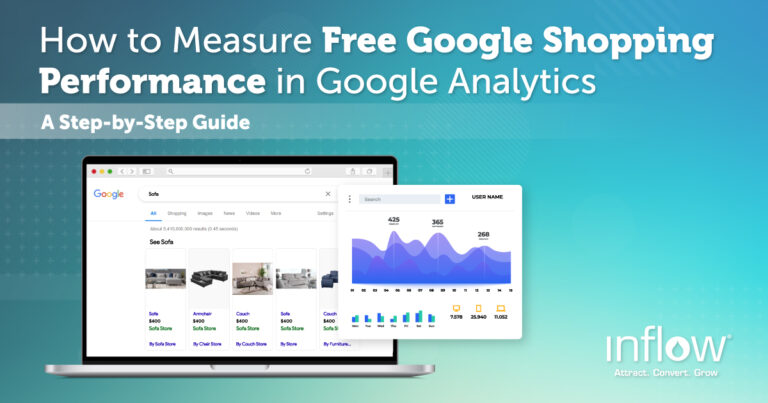

After this most unusual year, innovation is the order of the day. We’re seeing a lot of creative responses to challenges old and new, and more modern technology being employed by brands of all sizes and industries.
There’s a lot to keep on top of, so we’ve rounded up five top trends we’re noticing in eCommerce. Begin working with them now and you’ll keep your web store growing well into the New Year.
Free Shipping Is More Attractive Than Fast Shipping
Big websites such as Amazon have trained shoppers to expect shipping that is both fast and free, but that’s not a viable option for all brands and retailers. When there must be a choice made between the two, it appears that free shipping is far more attractive to shoppers than fast shipping.
According to a survey, eight out of 10 consumers would rather get free shipping than get their items faster. In fact, 73% said they would go to a brick-and-mortar store to purchase an item to avoid paying shipping fees. Buy online, pick up in-store (or BOPIS) is an increasingly popular option as in-store shopping that has been curtailed by COVID-19. Where possible, your store should aim to offer multiple options for shipping, with the knowledge that many shoppers are intent on avoiding fees.
Local Delivery Is a Growing Alternative to Avoiding Delays With Big Carriers
While many shoppers are more concerned with price than with speed, as the holidays approach, speed of delivery also becomes more of an issue for both retailers and shoppers. With the huge increase in online shopping this year, shipping is set to be even more strained this holiday season.
Savvy brands and retailers are already attempting to circumnavigate the expected delays with big carriers by forming partnerships with alternative delivery services. Some are quite unorthodox, like the beauty brands who are joining forces with Postmates, an app typically known for its restaurant delivery, which is launching a new shopping feature.
Other eCommerce websites are establishing their own local delivery services that are distinct from traditional carriers. This enables them to connect with their local audience and have more control over how they’re being delivered to. A number of businesses such as Rapidus have popped up to offer fast local delivery that aims to be both faster and more affordable than courier services. With so many shipping solutions now available, web stores are wise to consider their options.
Social Media Is Increasingly Splitting Audiences
Young and old shoppers are increasingly gravitating toward different social media platforms. 18 to 24-year-olds make up only 15% of Facebook’s users in the US, according to a survey conducted by Statista in August 2020. Meanwhile, 18 to 24-year-olds comprise 23% of Instagram’s users in the US. Instagram’s audience also skews more female than Facebook’s, overall. It’s clear that Facebook is waning with Gen Z, who are gravitating increasingly to TikTok and Instagram.
The social media channel that works for your brand will depend on the type of audience you have, or the type of audience you are hoping to attract to your web store. It also depends on the kind of content you want to share, as what works on one platform doesn’t necessarily work on another. Make sure you’re focusing on the right social media channel for your target market. If you haven’t already, define your goals and your audience, as their habits, needs and wants will affect what works for you.
Interactive Content Is a Powerful Engagement Tool
Video content is still big with both users and brands, who want to show off their products via instructional demos (often from influencers), speak directly to their audience, and get valuable user-generated content. But as users spend more time online, they want to not just be entertained, but engaged. One way to do that is with interactive content.
Quizzes and polls are a popular solution for engaging users who crave more interactive experiences with brands. Fashion brands can get their followers to choose their favorite outfit, product, pattern or color of an item with a poll or quiz on social media. These efforts could involve gamification, where rewards are given for feedback, or form part of the product development process, where users vote on a color and the most popular option gets manufactured and sold.
As in-store retail continues to be restricted, brands are increasingly embracing other forms of interactive content such as virtual reality or 360 videos of their showrooms or runway shows. This offers a more exciting, engaging alternative to a regular live stream, video or image slideshow.
Voice Search Is on the Rise
Gen Z may not like to talk on the phone, but they will happily talk to a voice-activated ordering system to order a pizza. According to Statista, 26.1% of consumers made a purchase on a smart speaker in 2019. And they’re not just buying food or everyday household items this way. Shopify reports that apparel is also bought via voice nearly as often, which suggests that consumers may start doing more voice shopping in the future. After all, 35% of all US households are now equipped with at least one smart speaker.
Get ahead of the crowd by using conversational keywords that people are likely to speak rather than type. Ideally you’ll increase your rankings in Google’s featured snippets, which are the short answers that appear first when a user searches Google with a question. This is what tends to be delivered when voice search is used. Voice search is predicted to keep growing, so with good voice search engine optimization, you’ll be sure to attract more traffic to your web store.
Conclusion
After the year we’ve had, CEOs and CFOs are going to demand more data-driven marketing than ever before. Stay up to date and incorporate these trends into your day-to-day operations and you’ll stay ahead of the curve. As always, we’re here to help. Reach out to our team to implement new solutions to power your web store into the New Year.
Get in Touch
Connect with one of our experts today to discuss your eCommerce needs!
Contact Us








